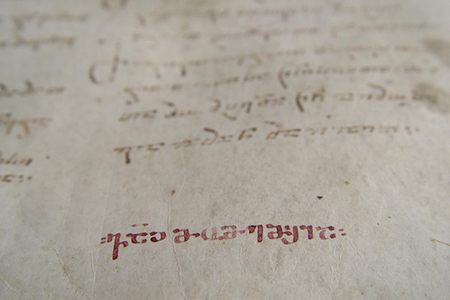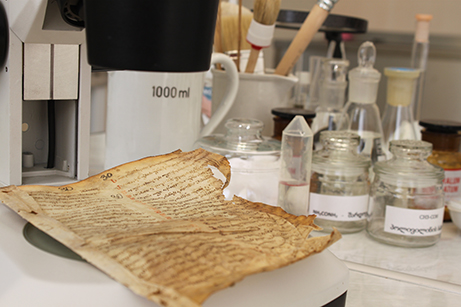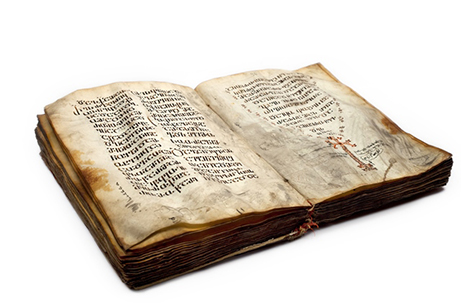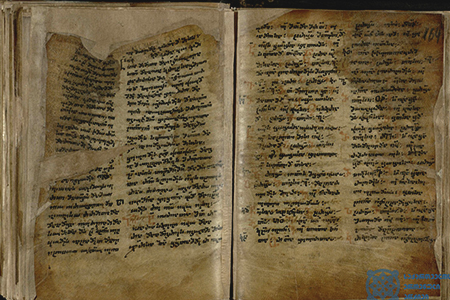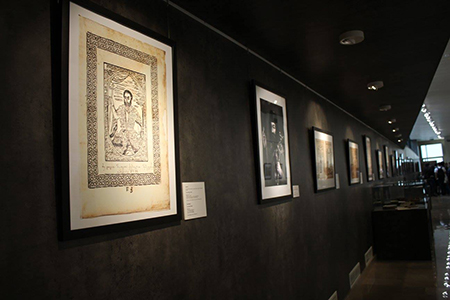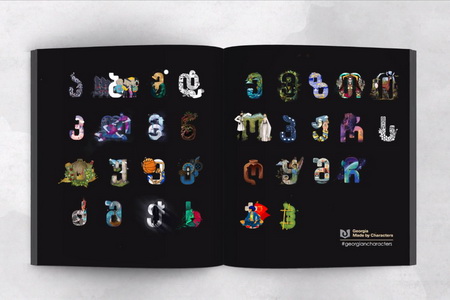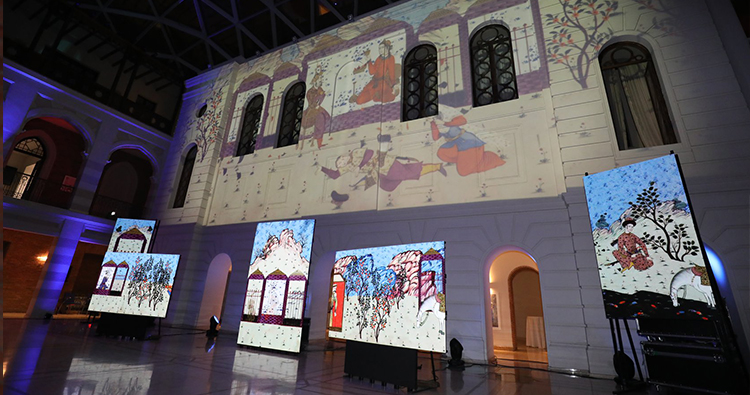See UNESCO-recognised Georgian alphabet at Tbilisi display
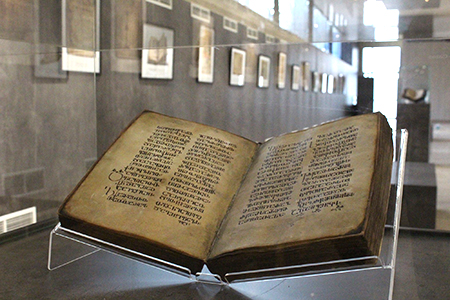
A special display in Georgia's capital Tbilisi is celebrating the legacy of the Georgian alphabet, which was added to the UNESCO List of the Intangible Cultural Heritage of Humanity last week.
Earlier today the National Archives of Georgia opened its doors for an exhibition of historical papers, manuscripts and other items that show the evolution of Georgian writing.
Titled Three Writing Systems of the Georgian Alphabet, the occasion marked the historical decision by UNESCO to add the Asomtavruli, Nuskhuri and Mkhedruli writing systems of the Georgian language to its Representative List of the Intangible Cultural Heritage of Humanity.
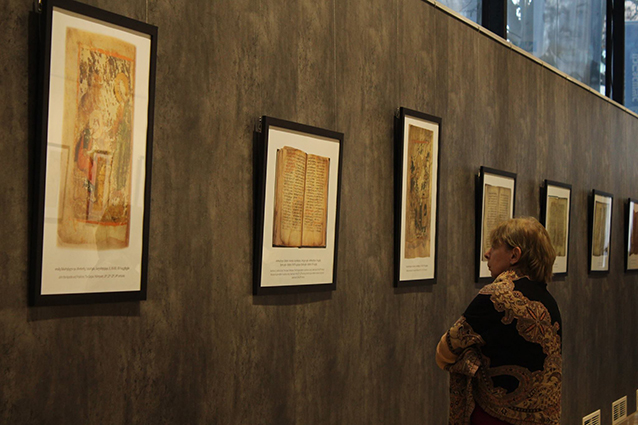
The display is hosted in the newly unveiled exhibition space at the National Archives of Georgia. Photo from the National Archives of Georgia's press office.
The exhibition will illustrate all stages of the development of the Georgian alphabet through medieval collections of hymnography, miniature prayer books and historical catalogues, said organisers of the display.
The items on show represent historical eras from the 9th to 19th Century AD.
UNESCO's decision to include the Georgian alphabet in its Intangible Cultural Heritage list aimed to highlight the cultural and social conditions of the language's evolution and usage.
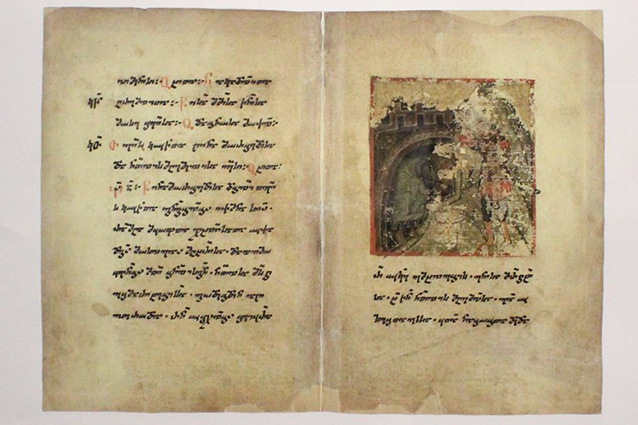
A 16th Century liturgical collection created in the Nuskhuri writing system. Photo from the National Archives of Georgia's press office.
Over the history of Georgian writing, the Asomtavrul (also known as Mrgvlovani) system originated first, followed by Nuskhuri and then Mkhedruli, the contemporary writing used across Georgia.
UNESCO said the three alphabets coexisted "thanks to their different cultural and social functions, reflecting an aspect of Georgia’s diversity and identity".
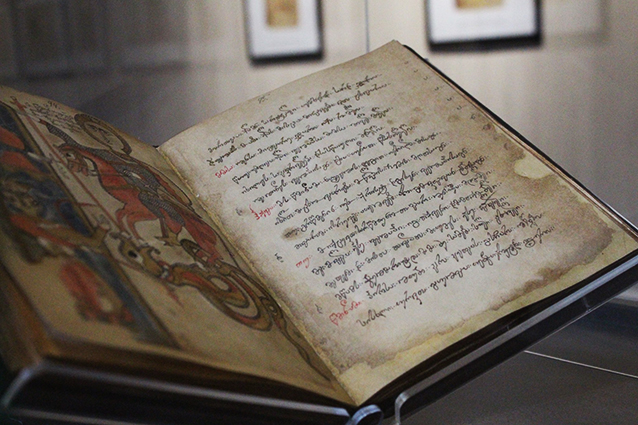
A historical manuscript featuring the early Mkhedruli writing. Photo from the National Archives of Georgia's press office.
The Representative List of Intangible Cultural Heritage of Humanity is made up of cultural elements that demonstrate the diversity of heritage they belong to, said UNESCO. The list currently featured 430 entries representing cultural heritage of hundreds of countries.
Besides the Georgian alphabet, the list also included the ancient Georgian traditional Qvevri wine-making method and Georgian polyphonic singing.
 Tweet
Tweet  Share
Share
